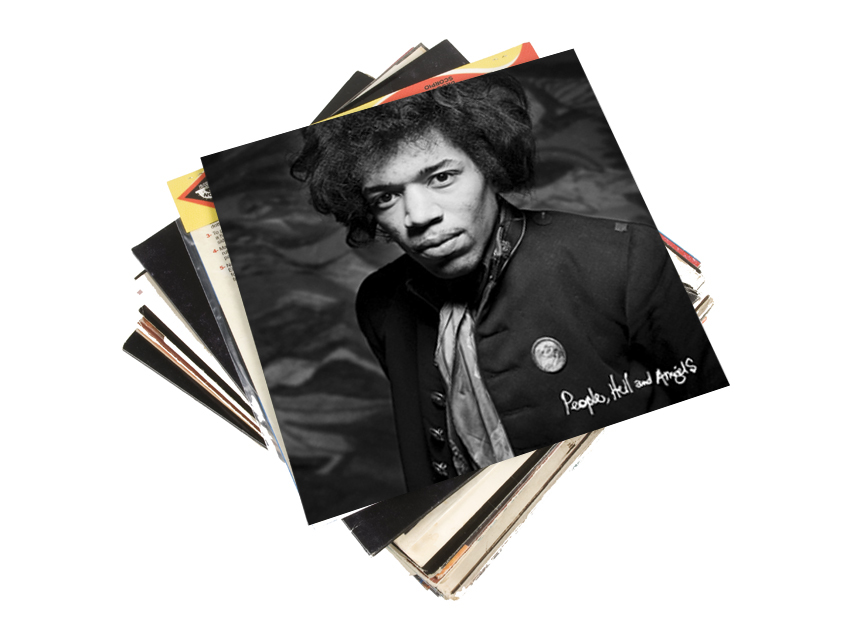
Jimi Hendrix's People, Hell And Angels track-by-track
On 5 March, Experience Hendrix LLC and Legacy Recordings releases People, Hell And Angels, a new collection of previously unreleased Jimi Hendrix recordings culled from sessions between early 1968 and late '69, which saw the guitarist assuming the producer role and experimenting with different groups of musicians outside of the original Jimi Hendrix Experince trio.
"It's a really exciting and interesting album," says John McDermott, who co-produced the set with Eddie Kramer and Janie Hendrix. "The idea on Valleys Of Neptune was to show the end of the original Jimi Hendrix Experience, and with People, Hell And Angels, we moved the timeline up some. We looked at the remaining material, and the idea was to fill in the portrait as best we could."
The recordings on People, Hell And Angels feature the first-ever studio session by the Band Of Gypsys, along with the group that Hendrix assembled for Woodstock, and also it showcases collaborations with old friends and new friends. "He was widening the net," says McDermott. "Once the Experience were no longer going to be an effective recording unit, he got Billy Cox and Buddy Miles, as well as additional percussion and Larry Lee on additional guitar. And there's a track where his friend Stephen Stills bass. There's experimentation, but it's not in a loose, unformed way; Jimi was working with really compelling song structures, and he was playing great, too." (To check out audio of the track Somewhere, which features Buddy Miles and Stephen Stills, click here.)
During this period, Hendrix worked at various facilities – New York's Record Plant, Hit Factory and Sound Center, along with the Fame Studios in Muscle Shoals, Alabama – and with the exception of the track Somewhere, everything was recorded 16-track onto two-inch tape. “They were mainly Scotch tapes, and they were great shape," says McDermott. "Jimi was fortunate in that he was working at a time before tape got thinner. We didn’t have to do any baking to the recordings. Everything held up beautifully.”
Hendrix's last official album with the Experience was 1968's Electric Ladyland, and the tracks on People, Hell And Angels offer fascinating insights as to the musical direction he was entertaining on his planned double album First Rays Of The New Rising Sun. "Jimi was working with friends who shared a common language with him," says McDermott. "To be able to say to people who knew Elmore James, ‘I want to get an entirely different beat to this. I want to take this somewhere new. Here’s where we’re going’ – that was exciting for him. Everybody fell right in and tore into the music.
“What’s fascinating about Jimi is that one week of his felt like a year for other artists. There was so much creativity and so many possibilities. He was really looking to challenge himself. When he had an idea, he chased it fearlessly."
On the following pages, John McDermott walks us through Jimi Hendrix's People, Hell And Angels track-by-track.
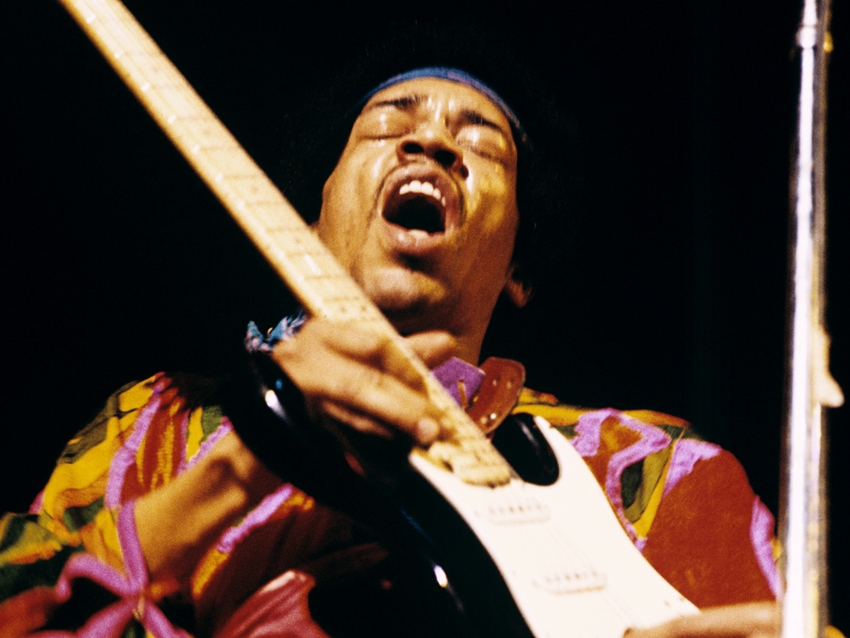
Earth Blues
“This harks back to that first May 1969 session. It was one of the songs that Jimi showcased to Buddy and Billy. While they didn’t get it then, they certainly had an interesting handle on it. When things geared up in December of that year for the Band Of Gypsys shows, this is one of the tracks that was not only in the set, but Jimi recorded it in the studio, as well.
“What’s really interesting about this one is that, unlike the version now on First Rays Of The New Rising Sun and previously on Rainbow Bridge, it shows off the stripped-down funk, without the Ronettes and a lot of the extra guitar things that were overdubbed by Jimi later. It’s a separate take entirely, and he’s got the drum break in it, which is really cool. It’s a different approach.
“There was a shared understanding between Billy and Buddy, and that made it really easy for Jimi to work with them. As great as Noel became as a bassist, I just think that the camaraderie that Jimi and Billy had was special. They worked on material before they got into the studio in ways that Jimi and Noel never did. They got together in hotel rooms or in Jimi’s apartment – they enjoyed playing together. By ’68, ’69, Jimi’s relationship with Noel was more professional.”
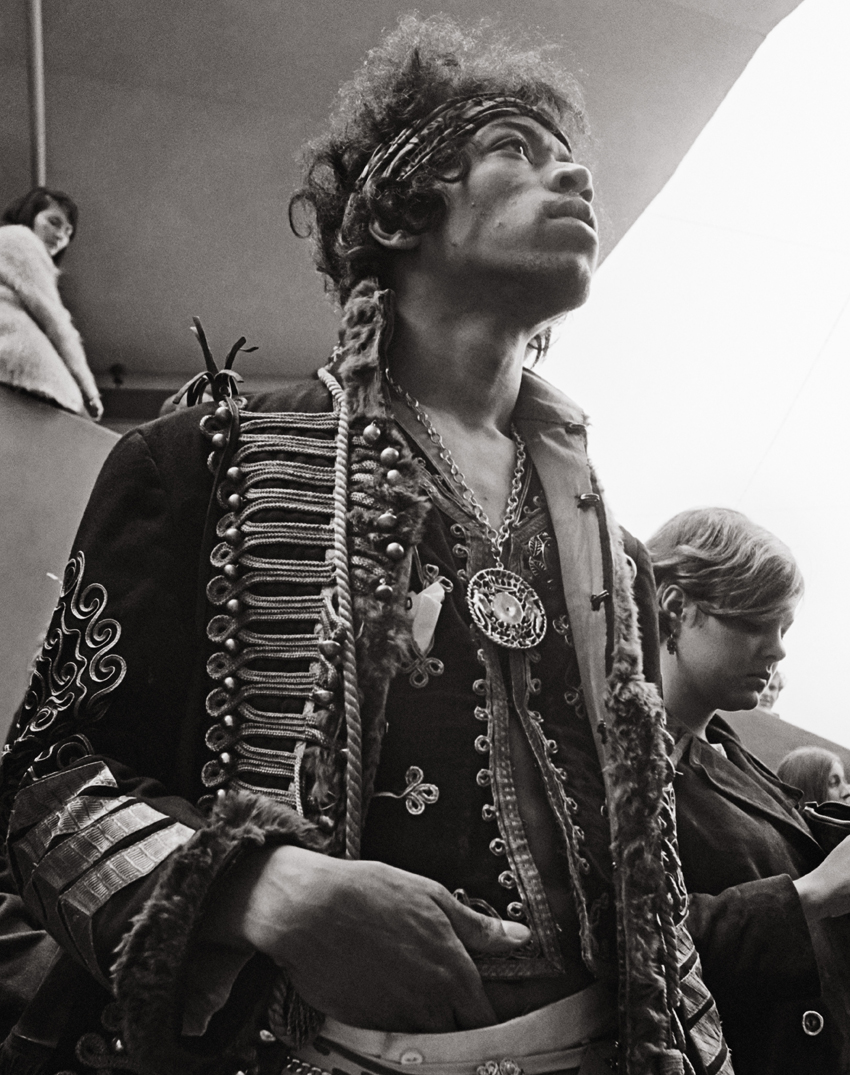
Somewhere
“It’s really Jimi and Buddy Miles, and then Stephen Stills joins them on bass, and it starts to come together. It’s a great track with something of a strange history: It was part of the Crash Landing album, but a different take of the song was used on that. To us, this is the version that has all the right pieces. It's got the original instrumentation and none of the posthumous overdubbing.
“It’s surprising to me that Somewhere was never considered for Electric Ladyland. I don’t know whether that was because Jimi recorded it without Chas Chandler being there to supervise it – that could have been an issue. Like My Friend, it’s a really interesting look at Jimi when he was just starting to step outside the original three-man band.
“Stephen Stills was good friends with Jimi, and he was friends with Buddy, as well, so it was a great mix of personalities. Stephen acquitted himself well on the bass. I think this track was really about Jimi taking advantage of the skills his friends had and tapping into that. Today, it’s nothing to invite your friends to the studio and have them play on a track – people do it all the time, guest starring on cuts and all that. Back then, it didn’t happen so much. The Beatles, The Stones – with rare exceptions, they always kept the core.”
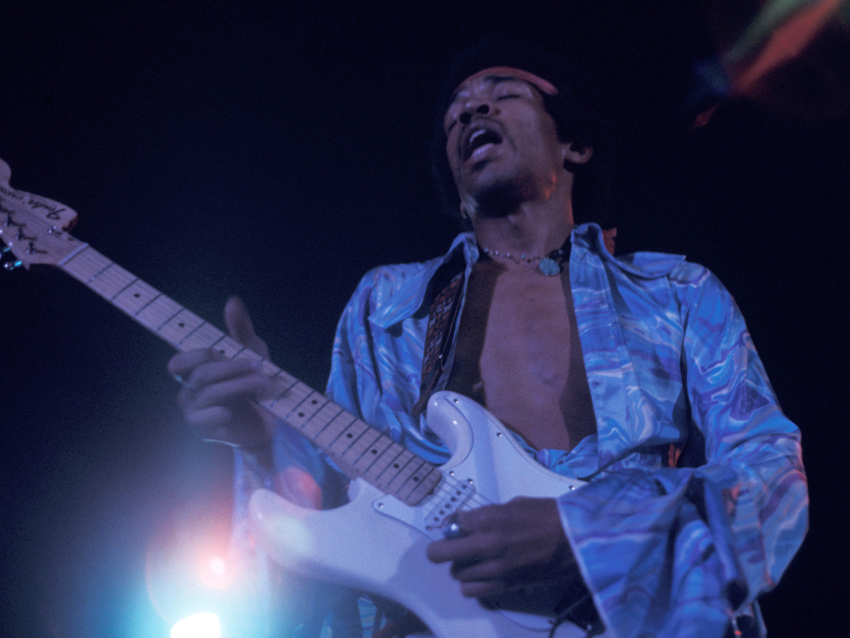
Hear My Train A Comin'
“One of the highlights of the record. It’s Jimi sharing a common language with Billy and Buddy. All three of them did the chitlin’ circuit together. Both this song and Bleeding Heart were right in everybody's wheelhouse.
“Jimi’s first love was the blues, but unlike his contemporaries – Clapton or Beck or some others – who were covering blues songs that they had heard on records, he was writing new, original blues and taking it to the next level. That’s what this is – a phenomenal take on a song that he had really tried to get right with the Experience, but hadn’t been able to do it to his liking.
“Billy and Buddy understood how to set the tempo. If you listen to this recording, they play it the same way as they did on the Live At The Fillmore East album. They knew intuitively that the song should have a great, menacing groove; it shouldn’t be old-school, old-tempo, four-bar stuff. They wanted it to have a totally different feel, and that’s what makes it exciting.”
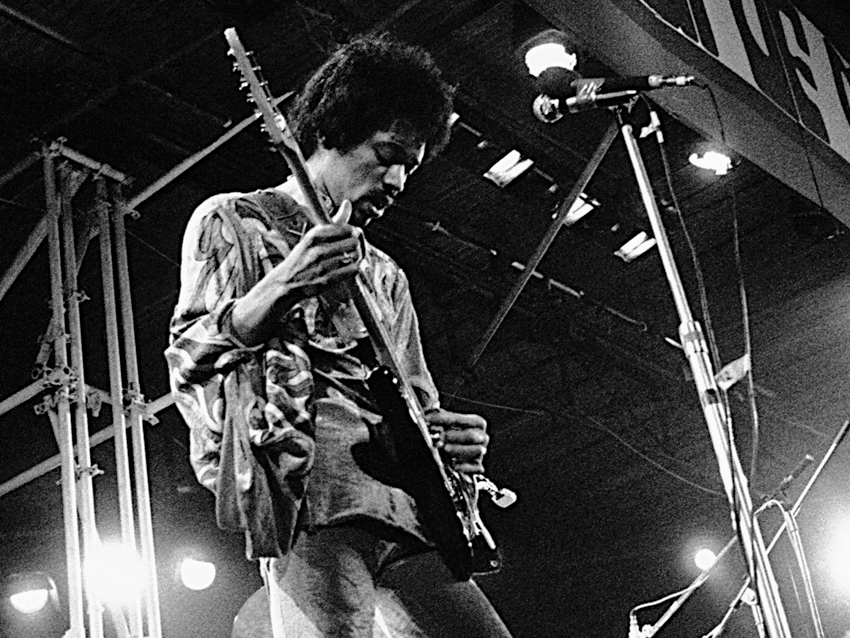
Bleeding Heart
“The Elmore James song. Jimi loved Elmore, of course, and he tried this one many different ways: as a 12-bar, slow, extended version with the Experience; as a version that’s on Valleys Of Neptune with Billy Cox and the Cherry People, which is really cool – a totally different vibe. He worked with it a lot.
“What’s so cool about this track is that, prior to cutting it again, he told Buddy and Billy, ‘I want to drive a whole different beat.’ Again, it’s Jimi reinterpreting the blues. Yes, there’s homage there, but he’s putting his imprint on it. He had a way about him in that, when he did a cover, be it All Along The Watchtower, Sgt. Pepper or Like A Rolling Stone, it became a Jimi Hendrix tune. This is a fresh take.”
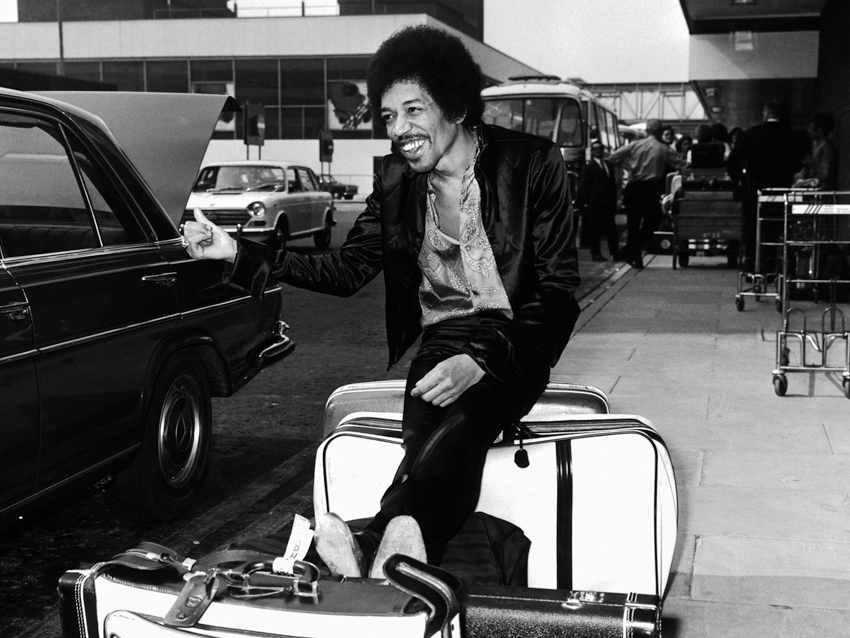
Let Me Move You
“Jimi was reaching back to old friends, including Lonnie Youngblood, and he had this idea to take what they used to do, when Jimi was a sideman for Lonnie, and bring it into the future. He was able to be free not only with his guitar part but with the tone and the attack, as well. None of that stuff had to be muted like it was going to be a little R&B recording; instead, it was a Jimi Hendrix recording.
“Given that, I think everybody stepped up. It’s a very exciting, energetic cut. Jimi put everything he had into it. If you compare it to some of the things he had done with Lonnie three years earlier, it’s like night and day.
“Guitar players should take note of him comping the changes. He really understood the value of rhythm guitar; that you really have to connect to an arrangement and bring something to it, not just for a 16-bar solo but throughout the song. He’s all over it.
“It’s really cool to hear Jimi play off Lonnie’s saxophone, and what’s especially interesting is to hear how he can add but not trample.”
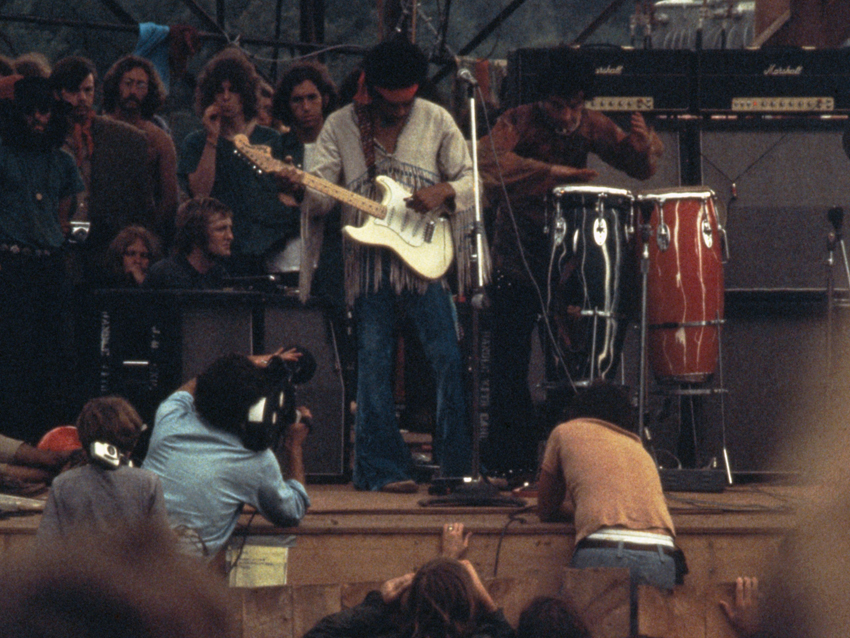
Izabella
“What I love about this version of Izabella is that it showcases the promise of the Woodstock band. I think what Jimi saw in that, and having somebody like Larry Lee, whom he had played with on the chitlin’ circuit, was adding that rhythm guitar and connecting with it. The band had played this song two weeks earlier at Woodstock, and it came off very well. Jimi wanted to cut it in the studio while it was still fresh.
“The solo is just fantastic – absolutely scorching. Eddie Kramer and I heard it in ’95 when we were going through the tape library, and we said, ‘You know what? When the time comes, there will be a place for that.’ It’s amazing.”
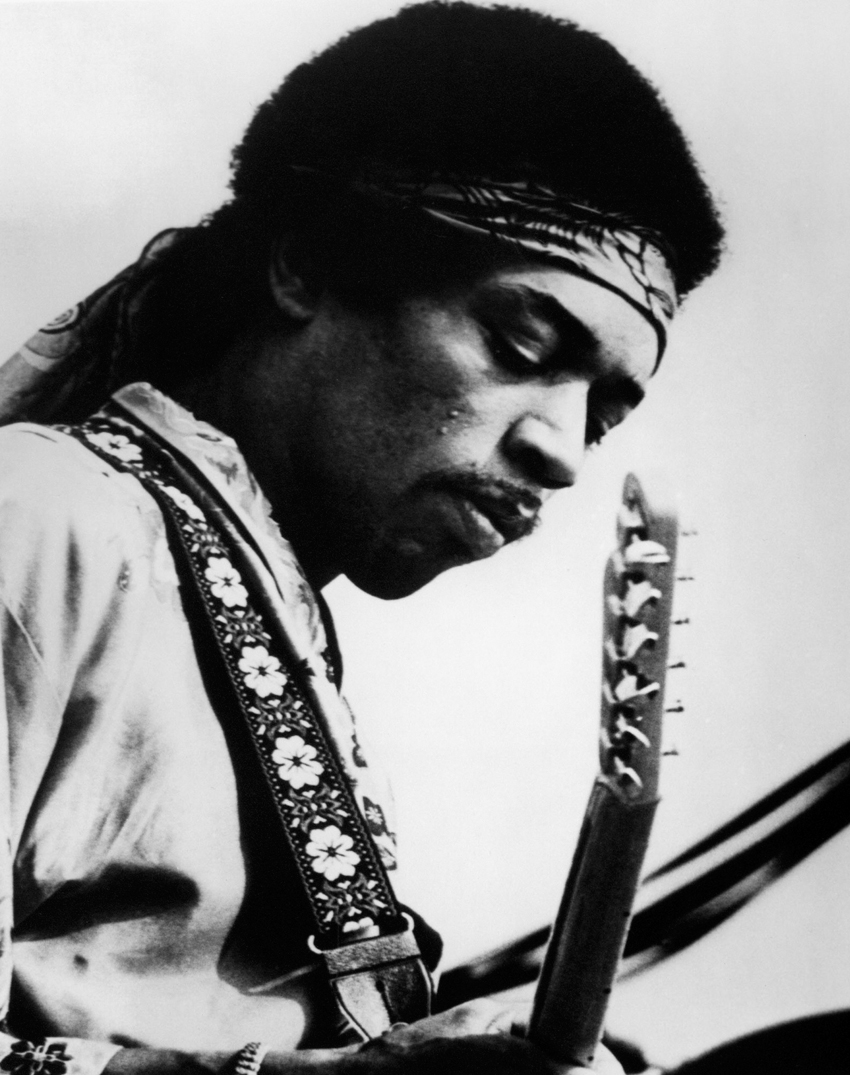
Easy Blues
“Easy Blues is a favorite. There was an edited version that came out as part of Nine To The Universe, and we’ve had a lot of requests for the extended track. It really fits here because it’s from the same sessions, and it’s the same instrumentation, the same players. Contextually, we felt that this was the place to showcase the longer extract.
“It’s right in Mitch’s pocket – he plays very, very well on this. The additional percussion, the ability for everybody to add to what Jimi was doing instead of him having to carry the weight all the time – there’s a lot here, and you can hear why Jimi felt that this band had a lot of potential. It’s a shame that it wasn’t able to grow into something, but cuts like this sound great.”
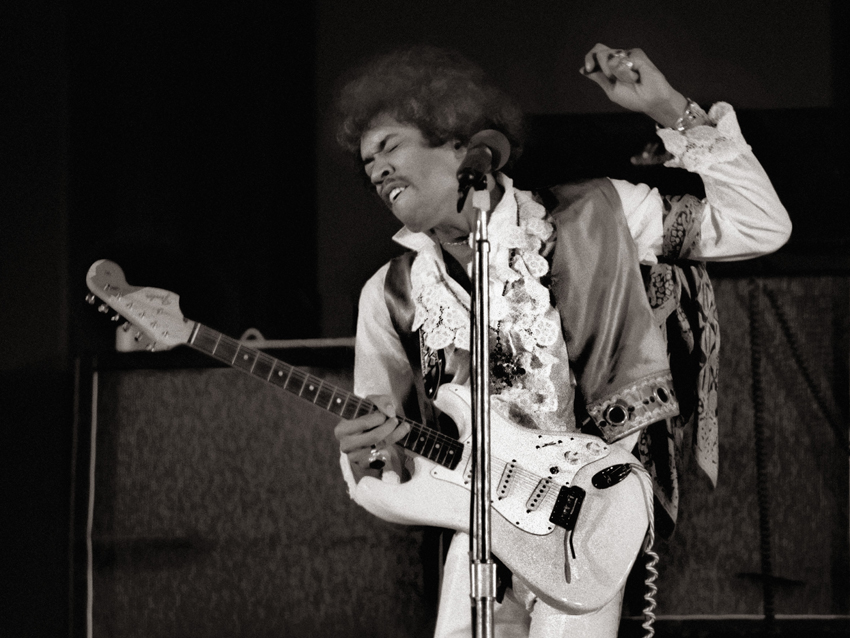
Crash Landing
“Obviously, it was a part of the Crash Landing album. We just felt that anything that had been tinkered with should be heard in its original form. This is what Jimi was actually doing with the players, and it’s really good. There was never any need for any of that overdubbing that had gone on in ’75.
“Anybody who hears this will recognize it as a precursor of Freedom, but it still stands on its own. Jimi’s playing is great, the time signatures are unique, and Billy Cox, in one of his first sessions, is terrific. You can kind of get a sense for some of the things Billy would be doing going forward. He cemented the bottom in a way that Noel didn’t.
“There is a keyboard player on the track – somebody’s on B3 – but we don’t know who it was. They cut it all live. The session was tough for Jimi because he was struggling to get the guy to play what he wanted. A more sympathetic player like Steve Winwood might have been able to take it our further, but this is what Jimi had on this particular day.”
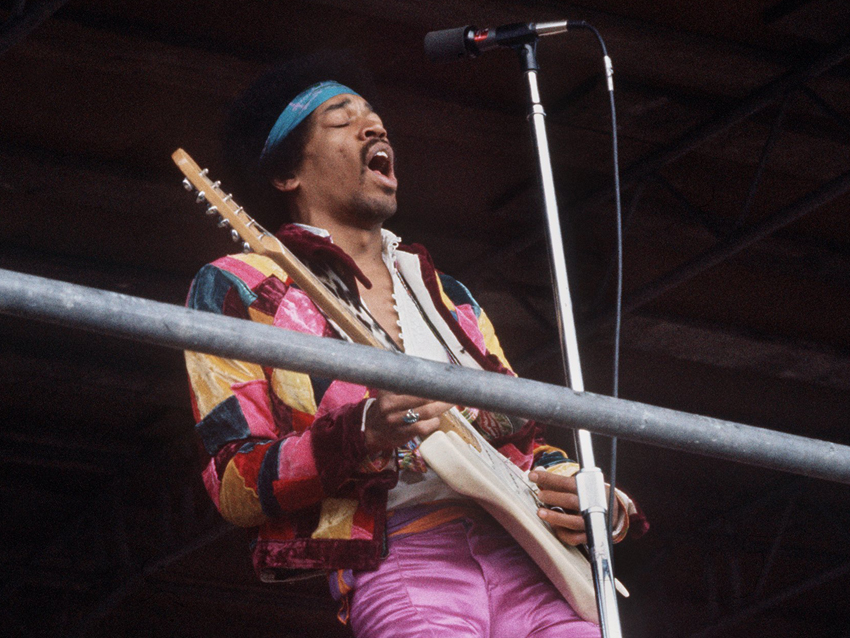
Inside Out
“A cool track. It starts to show the concept of Jimi no longer having to work with the three-man band. Actually, it’s him looking at a really unusual way of recording, where he and Mitch would work without a bass player. Jimi would overdub the bass.
“When you listen to a track as complex as this, that’s almost hard to believe. Mitch wasn’t a straight-ahead kind of drummer like Buddy Miles. While he played in time, he would certainly add a lot of amazing accents and techniques. Yet Jimi was able to pull everything off, and as a bass player he was fabulous.
“He and Eddie Kramer worked on that great Leslie guitar sound. Ezy Rider was such an important riff in his head – he doesn’t yet have it quite together, but here he’s blending it with kind of what he did with Tax Free, and that’s what makes it so interesting.”
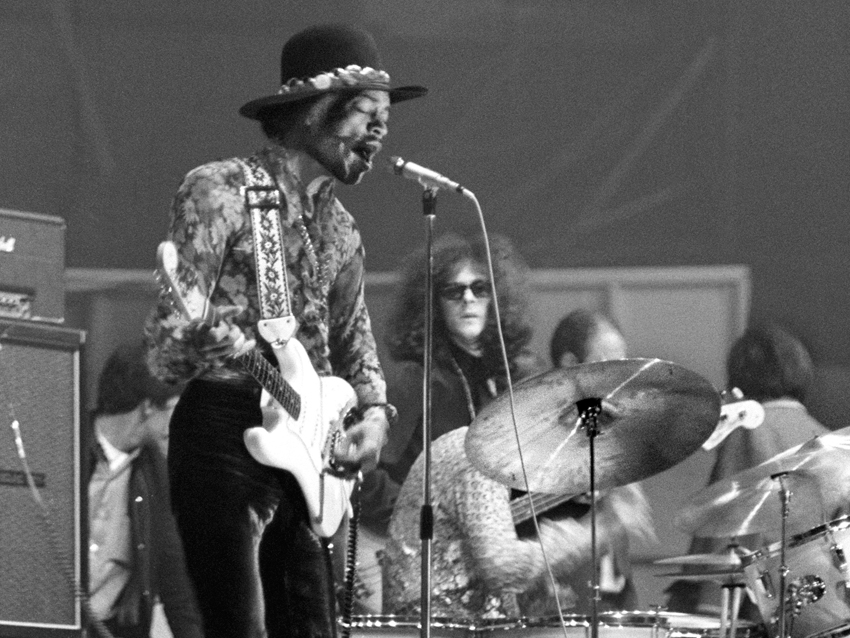
Mojo Man
“A very cool track. It was cut at Fame Studios in Muscle Shoals, which was the hottest R&B studio at the time, but Jimi, just by making his additions, turned it into something that those guys never could have put together. His whole approach elevates it beyond what was then contemporary R&B.
“The groove of the Fame track – James Booker on piano – is fantastic. There was some amazing talent in the room. But what Jimi brought to it really speaks to what he could do, not only as a guitar player but as a producer, as well.”
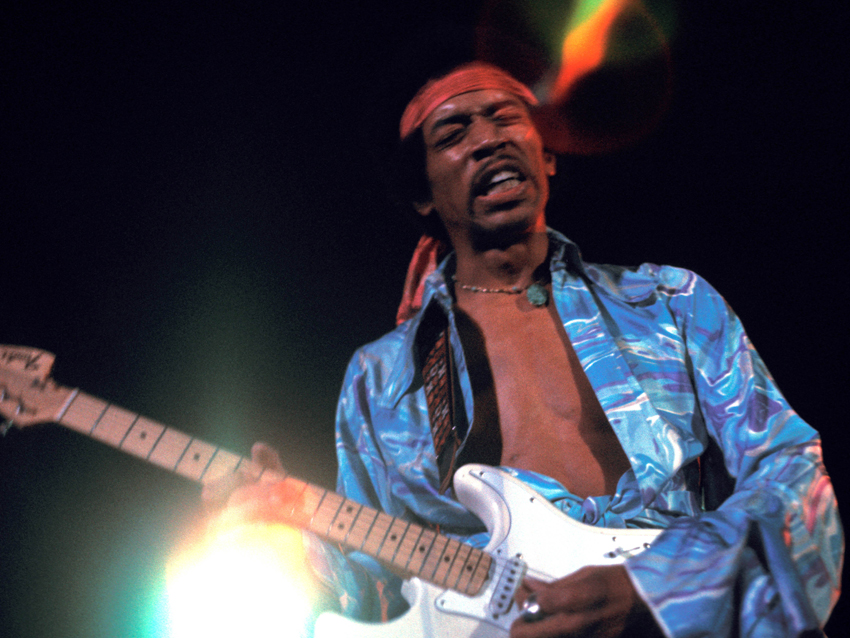
Villanova Junction Blues
“The Woodstock version with Band Of Gypsys is so ingrained in people’s minds, but here is Jimi at the very front of it, kind of saying, ‘OK, I’ve got something really great, but I have to develop it.’
“We thought it was a sweet way to bring the record to a close. Like a lot of great songs in the library, it’s one that held a lot of promise, but of course, he wasn’t able to finish it.”
Joe is a freelance journalist who has, over the past few decades, interviewed hundreds of guitarists for Guitar World, Guitar Player, MusicRadar and Classic Rock. He is also a former editor of Guitar World, contributing writer for Guitar Aficionado and VP of A&R for Island Records. He’s an enthusiastic guitarist, but he’s nowhere near the likes of the people he interviews. Surprisingly, his skills are more suited to the drums. If you need a drummer for your Beatles tribute band, look him up.

